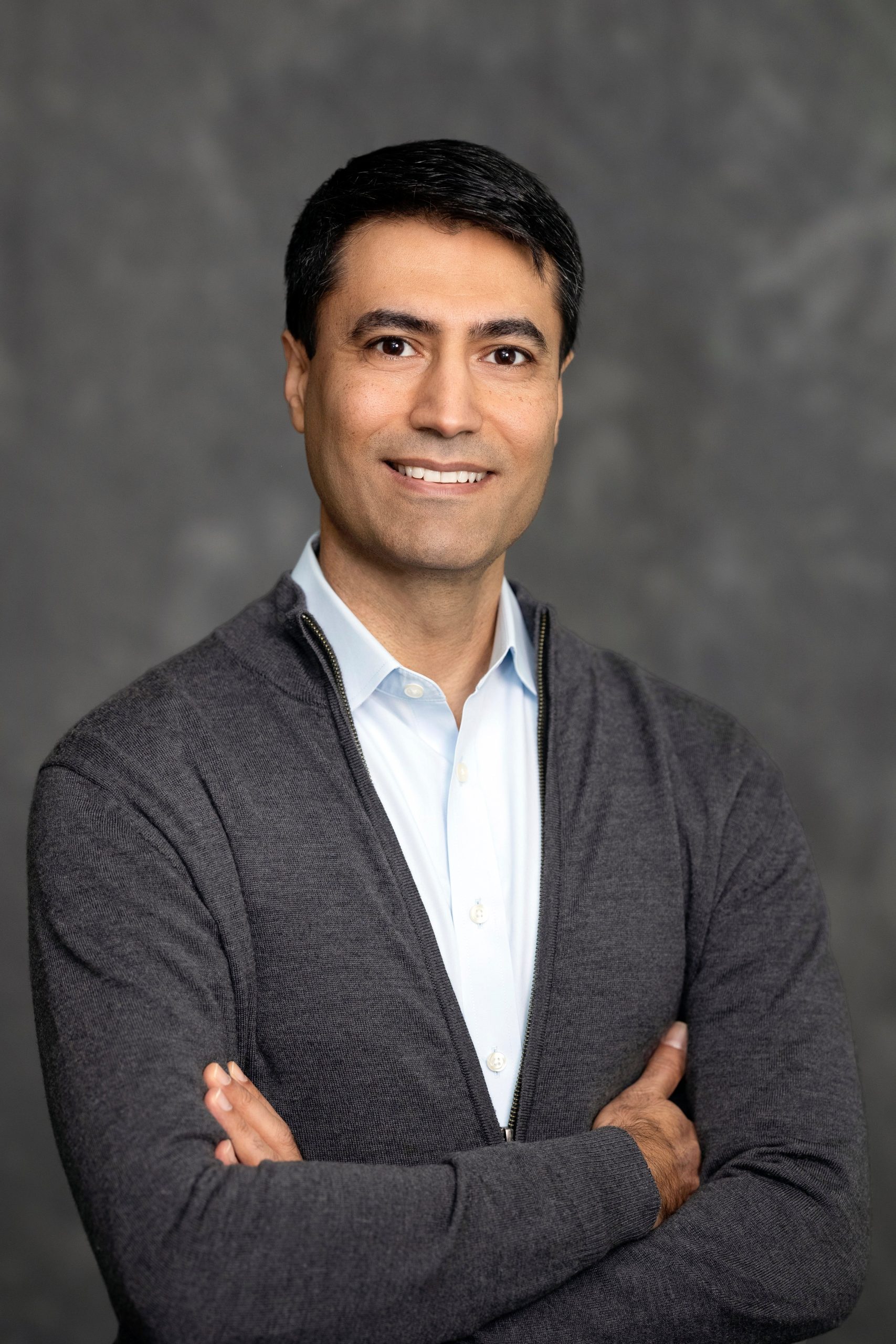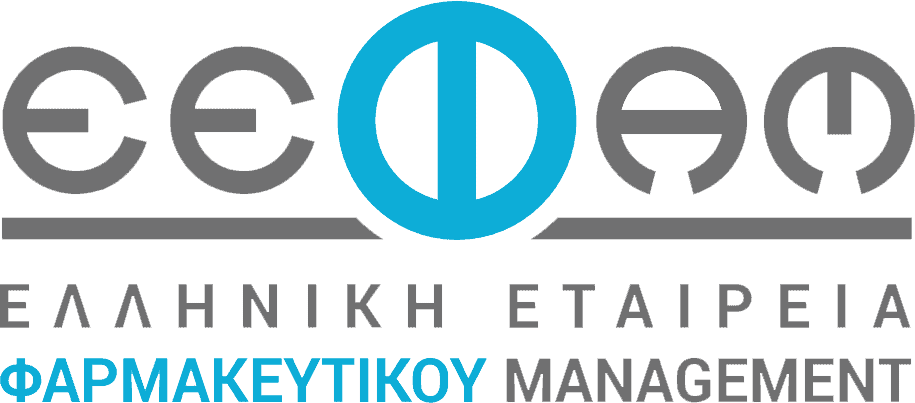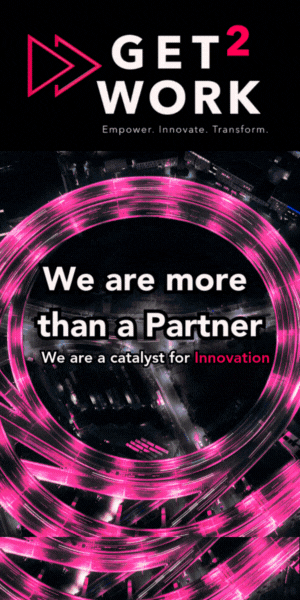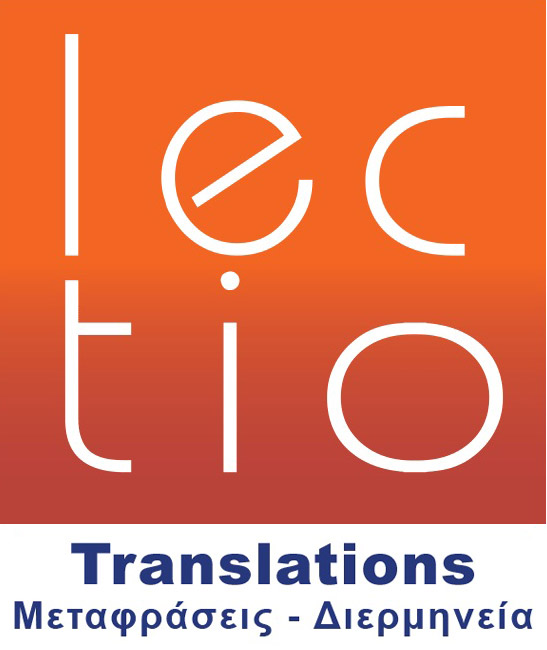Blog
Blog
Amgen’s aim for a ‘moonshot’ in cardiovascular disease

As a cardiovascular disease specialist, scientist and industry executive Amgen’s Dr. Narimon Honarpour has one question: “Where is the moonshot for addressing cardiovascular disease — the top killer globally?”

Dr. Narimon Honarpour, VP, global development, general medicine, Amgen Permission granted by Amgen
“The public health threat for cardiovascular disease is among the greatest, if not the greatest threat for society today,” said Honarpour, vice president of global development for Amgen’s general medicine therapeutic area. “There are moonshots for really important diseases, like cancer. More recently there was a moonshot described for eradicating Hepatitis C. I think we need one for cardiovascular disease. The prevalence of heart disease is getting worse. This cannot be acceptable for society.”
Honarpour joined Amgen a dozen years ago as the cholesterol reducer Repatha was entering the clinic.
Although Repatha’s patent future hangs in the balance while the Supreme Court weighs the merits of both companies’ arguments surrounding the “PCSK9 monoclonal antibody class of cholesterol-lowering biologics,” Amgen continues to expand the blockbuster’s potential. Late last month, the company released new data showing “earlier, longer use of Repatha reduces total cardiovascular events.”
“We want to continue to lead the way in evidence generation,” Honarpour said. “We want to look at the impact of Repatha in different patient populations. In our new and ongoing studies, we want to look at patients who are at very high CV risk or high CV risk, but have not yet had heart attacks and strokes, and so on.”
“Understanding which medicine can treat patients who are obese and have heart disease is a major riddle that we are trying to solve.” Dr. Narimon Honarpour VP, global development, general medicine, Amgen
As part of his remit in general medicine, Honarpour also has oversight of assets related to bone health, osteoporosis, neuroscience and renal disease.
“The one thing that is really special about general medicine, is that these are all highly prevalent conditions with very high unmet medical needs,” he said. “Let’s consider just three conditions that we focus on in general medicine. Ischemic heart disease affects 240 million people worldwide. In the U.S., the direct medical costs are $220 billion annually. Obesity affects 600 million people worldwide. Direct medical costs in the United States each year, $170 billion. Osteoporosis impacts 200 million women worldwide (with) $50 billion annual direct medical cost in the U.S. alone. Just those three diseases in general medicine, we are looking at about a billion people affected worldwide. And the incidence and prevalence of these diseases are getting worse. This makes general medicine perhaps the most impactful area for research and development for medical practice and public health.”
Here, Honarpour discusses the role general medicine plays in global public health, how he evaluates pipeline candidates and the intersectionality of therapeutic areas.
This interview has been edited for brevity and style.
PHARMAVOICE: How do you view the role of general medicine in the context of overall healthcare?
DR. NARIMON HONARPOUR: When we talk about what is general medicine, my reflex is general medicine is public health.
I think the two most important things I do for Amgen, and for general medicine, is one to keep the pipeline moving with quality assets that we believe can make a difference for patients. If I don’t do that, I’m not doing my job. The other thing that I have to do is create an environment that enables the teams I work with to succeed. Those are the two behaviors I try to hold myself accountable to every day.
How do you decide which projects to assign resources to? Do you have a Magic 8 Ball?
I wish we had that. My focus is on strategy, execution and resourcing of the programs that we pull through. This is very hard for any pharma company, particularly when working with breakthrough science, to try to understand how it will all play out. It’s important to acknowledge that what you are asking has a complex answer.
There are a number of factors that have to be considered in terms of what to prioritize and where to assign resources. First and foremost, there has to be collaboration. These decisions cannot be made in isolation. With our partners internally at Amgen — we have external partners too that we work with in the academic community — we have to evaluate a variety of options to make sure they’re visible. We have to seek out and account for a diversity of perspectives. At the end of the day, this has to be informed by the best information available. We do not just operate on hunches; working on hunches can be very difficult and fraught in this industry.
We also think about the strategic fit of the program within our company mission. We think about the performance of any particular program against pre-specified success criteria, which tend to be more technical. Did it demonstrate an effect in preclinical models or in first and human studies? Can it be graduated to the next level of progression?
Then, of course, we have to assess the business opportunity. None of these things can be addressed in a wholesome way by any one individual. So, it gets back to having a cross-functional and diverse set of opinions available to look at different options.
Based on our holistic view we try to prioritize what activities need to get resourced. That being said, there are a variety of different activities that we do have to prioritize and some of them are very different. For example, Repatha is a marketed product, it’s mature, and it’s still in the growth phase, there’s more that has to be done, it has to be resourced. But we also have products that are very early in the pipeline, coming to humans for the first time. We have to protect the opportunity for that exploration scientifically, as well. If we only focus on the winners of today, we’re not going to have any winners of tomorrow. We have to balance where we allocate our resources across the pipeline.
Going forward, do you envision there will be an intersectionality between the different areas of general medicine?
Absolutely. It becomes vital to have that understanding as early as possible, especially today. Why especially? Because the magnitude of the problems is getting worse. So, understanding how one therapy in one area could be equally applicable, if perhaps not more effective, in another becomes very important. I think there are some sea changes that are happening in general medicine that are helping us get to an ideal state.
“What energizes me is I know that cardiovascular diseases have immediate impact on you, me and people we care about.” Dr. Narimon Honarpour VP, global development, general medicine, Amgen
Precision medicine is the application of in-depth data and information that we have for patients or groups of patients that is new. The application of different biomarkers or omics to be able to analyze the full complement of a person’s genes, to be able to understand a complement of several thousand proteins that are circulating in our body at all times, how these apply to different levels of risk and how they portend potentially different responses to different therapies so patients may benefit from them differently. That is precision medicine — being able to break that ball apart.
When we apply these approaches, we start to see that the way that we qualify diseases today starts to unravel in a favorable way. Now we are getting at the drivers of the disease, which can be common across different diseases so that if we attack the driver we address multiple different conditions at once.
When you look at general medicine and metabolic diseases I think in the future it’s going to look a lot more like the management of oncological illnesses today. It’s going to be much more personal and much more based on precisely defined profiles. We just haven’t had access to that type of data until recently.
Drug development is fraught with disappointments. How do you keep your teams buoyed?
One of the things I do with my teams is align us first and foremost on our just cause. What do I mean? For me, it’s to be able to look at myself in the mirror and say I have done right by me and I have done the best I can for my community and the people around me. The just cause for me is to fight diseases that can have profound impact on public health.
If I use that as my goal or my litmus test and I prosecute my actions against that, whether there are highs or there are lows, I’m always doing right. It takes courage to fight that fight. There’s always risk involved. Sometimes you will win, most of the time you will not. But you will always be applying your best effort toward your just cause.
Once you’ve laid the foundation for your just cause and are keeping your teams motivated, it is fun to pepper in the excitement. This is where the insights and innovation of drug development and industry come into play. New therapies coming in that we don’t know how they’re going to pan out — that’s exciting. There are also therapies that are tried, tested and true that have new data coming out, that’s also very exciting.
How does being a cardiologist impact your role?
Coming from the cardiovascular tradition, the facts and figures for ischemic heart disease, for example, are always top of mind. I think it is oftentimes forgotten in the headlines, but heart disease is the top killer globally. That knowledge and having seen what cardiovascular disease does to patients intimately from my prior practice, also to my family, my neighbors, the weight of all of that weighs on me greatly.
More than anything, I will say perhaps my background brings urgency to everything that I like to think that I do to help move our pipeline along and to help improve public health.
What energizes me, also, coming from this tradition is I know that cardiovascular diseases have immediate impact on you, me and people we care about. Again, our family, our neighbors, our friends. This is a condition that does not discriminate between people. Unraveling the mysteries that underlie cardiovascular disease, and understanding why it can look different in different people — even though it’s a threat to all — is really fascinating to me. I really hope that one day we will all be able to help get the right medicines to the right patients by looking at this disease through different lenses. We all have a special lens to apply here to unravel this riddle.






